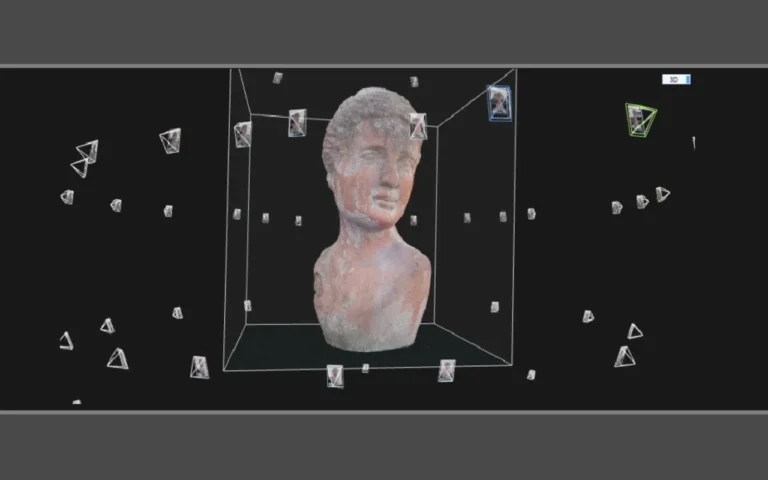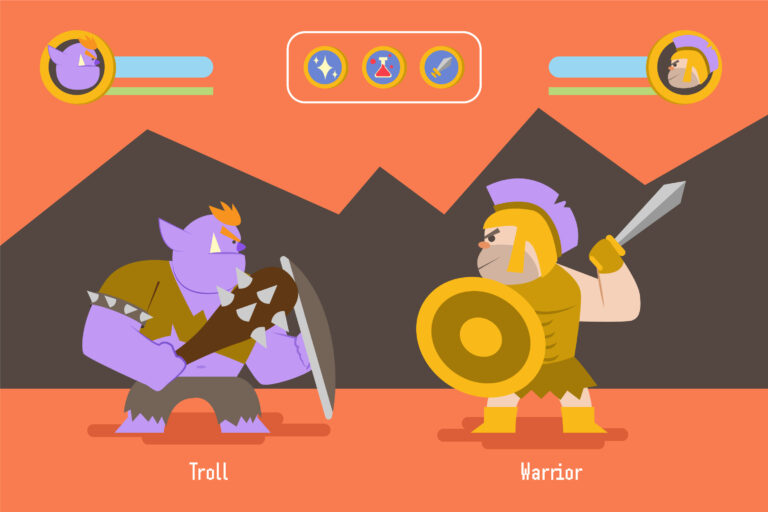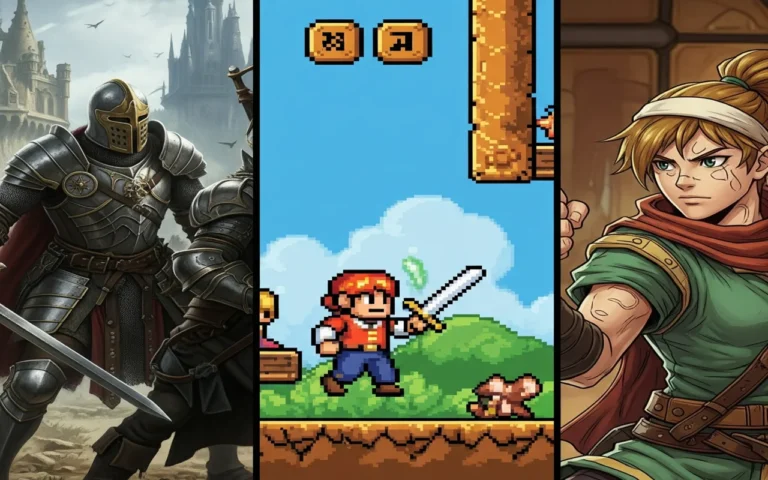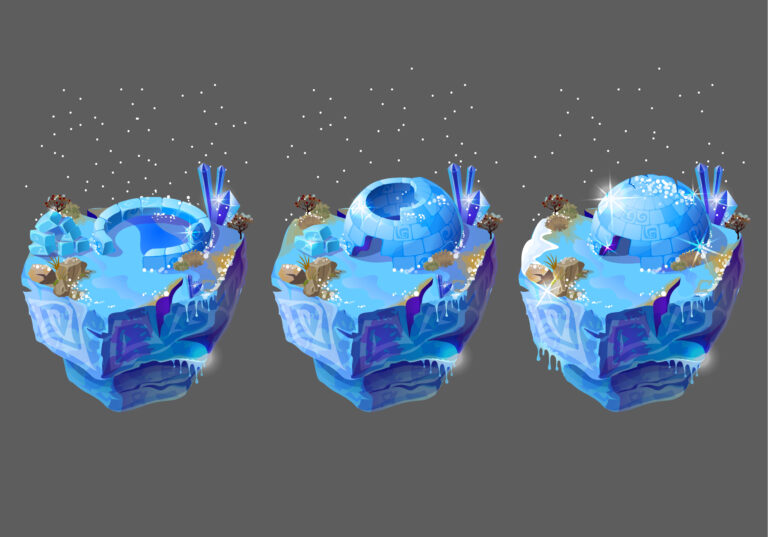The video game industry is undergoing its fastest transformation yet, driven by groundbreaking technology and ever-changing player demands. Now, every game art studio contributes to creating a world of deeper engagement, easier access, and entirely new ways to connect and play.
These revolutionary changes, from fully immersive VR to AI-driven design and cloud-based access, aren’t speculative; they’re actively defining the present. In this article, we will explore the key forces shaping this new era for both creators and gamers.
Deepening Immersion: What Are VR and AR?
The next step in gaming is about moving from simply playing a game to genuinely living inside it, primarily through advancements in sensory technology.
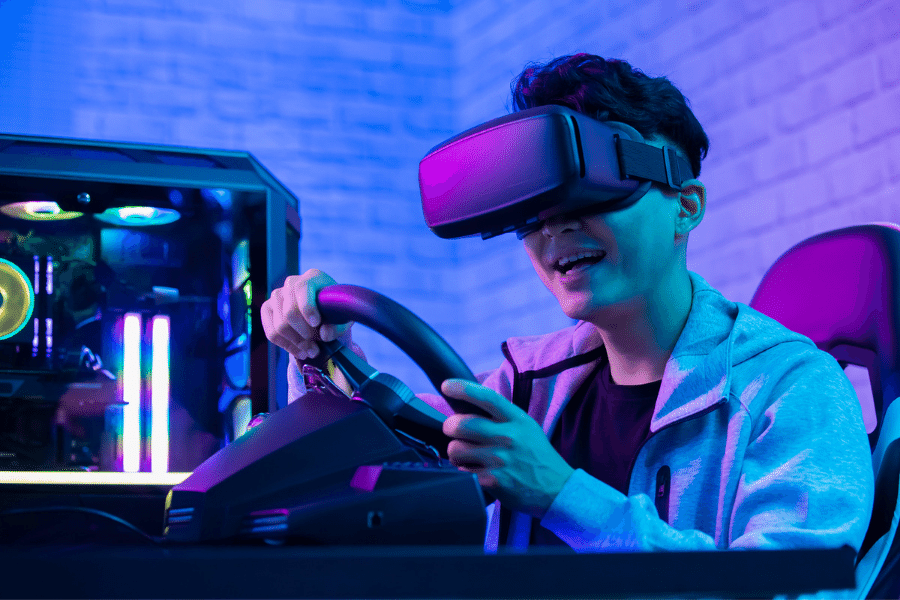
Immersive Experiences with Virtual Reality
Virtual Reality (VR) is breaking down the boundaries of immersion, allowing players to step into highly detailed 3D worlds in a physical sense. Landmark titles like Half-Life: Alyx have set a new standard for VR storytelling and tangible gameplay.
As hardware becomes more accessible and affordable, VR art is poised to transform both casual and competitive gaming, prioritizing an experience that is both accessible and deeply engaging.
Reality Infusion with Augmented Reality (AR)
Augmented Reality (AR) seamlessly merges the physical and digital worlds, overlaying virtual elements onto the real world. While games like Pokémon Go demonstrated AR’s massive public appeal, sophisticated new hardware (like the Apple Vision Pro) is set to unlock even greater potential.
AR will power location-based experiences, interactive learning, and new forms of social play, effectively turning any real-world space, be it a park, a street, or a room, into a shared, persistent gaming arena.
The Sense of Touch with Haptic Feedback
Beyond VR and AR in animation, haptic feedback also introduces a crucial new sensory layer by simulating touch and physical interaction. Advanced controllers and wearable tech let players feel the weight of an object, the recoil of a weapon, or the texture of a surface.
Features like the adaptive triggers and nuanced vibrations of Sony’s DualSense controller have established a higher standard. The industry is moving toward highly sophisticated haptic suits and gloves, which will further close the gap between virtual actions and physical sensations, making every in-game moment more real and memorable.
The Intelligence Engine: AI’s Game-Changing Power
Artificial Intelligence (AI) is now a cornerstone of both game content and the development process itself, promising more imaginative worlds and streamlined creation. Let’s look at a few of AI’s trending innovations:
Smarter Characters and Storytelling: NPCs
AI is fundamentally redefining Non-Playable Characters (NPCs). Moving past predictable scripts, modern NPCs can dynamically adapt to player actions, learn strategies, and communicate using procedurally generated, lifelike dialogue.
This creates gaming worlds that feel authentically alive, boosting immersion and offering richer storytelling that enhances replayability.
AI-Driven Game Creation
Beyond characters, AI is automating and enhancing the creative process. Machine learning can rapidly generate realistic environments, assist with complex level design, or balance gameplay in real time.
This significant efficiency boost reduces development time, empowering smaller studios to produce content previously reserved for AAA-level games.
Furthermore, AI enables personalized player experiences, tailoring difficulty and storylines to individual playing styles, ensuring game design evolves as fast as player expectations.
The Cloud Revolution: Gaming Everywhere
The future of accessing games lies in cloud technology, breaking down hardware and geographic barriers to create a more unified and flexible gaming ecosystem.
Gaming-as-a-Service: The Netflix Model
Cloud Gaming shifts the focus from owning expensive consoles to subscribing to services. Platforms like Xbox Cloud Gaming and NVIDIA GeForce NOW offer instant, on-demand access to massive game libraries.
This Gaming-as-a-Service model mirrors the flexibility and affordability of streaming services like Netflix. With improving internet speeds and edge computing, diminishing latency makes streaming a highly viable option for everyone.
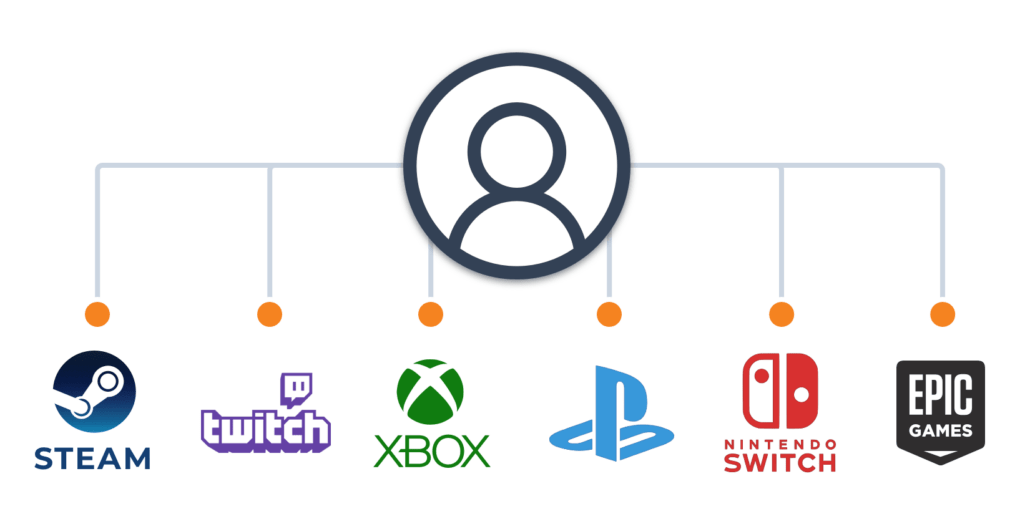
A Unified Gaming World
Cross-Platform Play is becoming the norm, dissolving the traditional divisions between PC, console, and mobile players. The success of titles like Fortnite and Call of Duty: Warzone demonstrates that uniting platforms can expand player bases and strengthen communities.
Developers are increasingly prioritizing inclusivity, which fosters healthier ecosystems and longer game lifespans.
Remote Play: Game Anywhere, Anytime
Remote Play enables players to seamlessly continue their sessions across any device, whether on a dedicated handheld like the Steam Deck or via a mobile streaming app.
The convenience of a persistent, high-quality gaming experience, regardless of location, is now a core expectation. Gaming is becoming less tied to a place and more about uninterrupted access.
Esports Evolution: The Evolution of Competition!
Competitive gaming has come a long way since the days of pixelated arcade showdowns. Esports have attracted a massive audience, with the global Esports audience estimated to reach 728.8 million by 2023.
Join us as we explore how technology and shifting attitudes will transform the competitive gaming landscape, much like a caterpillar transforming into a beautiful butterfly.
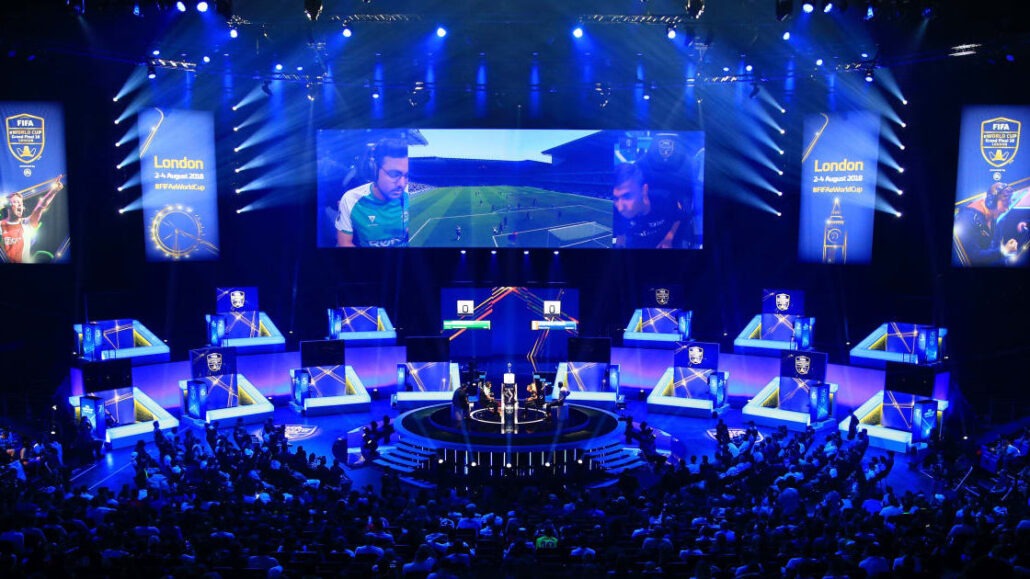
Bigger, Better, and More Mainstream
Esports has exploded into a global phenomenon, commanding mainstream recognition, billion-dollar sponsorships, and stadium-filling events. Now broadcast alongside traditional sports, competitive gaming draws millions of viewers.
As investment pours in, esports organizations adopt the structure of professional sports teams, complete with coaches, analysts, and training facilities.
Tech Advancements Enhancing Esports
Technology, from ultra-low-latency streaming to advanced data analytics, continually pushes the envelope, legitimizing gaming as both a lucrative career path and a major entertainment spectacle.
Data analytics tools offer players insights comparable to those of professional athletes, while broadcasting technology enhances viewer engagement. These advancements ensure esports remains cutting-edge, bridging the gap between virtual competition and physical sports!
Social Gaming: Building Connections!
In the age of connectivity, gaming ain’t just a solo pastime anymore. The future of gaming will focus more on social interaction and community-building, transforming our digital experiences into shared adventures.
The Gaming Metaverse: A Digital Playground
The Gaming Metaverse envisions shared, persistent digital spaces where players do more than compete; they socialize, create, and participate in events.
Current examples, such as Roblox and Fortnite, host concerts and user-generated content, acting as proto-metaverses. Integrated with VR, AR, and potentially blockchain, the metaverse is poised to become a central hub for digital identity and entertainment.
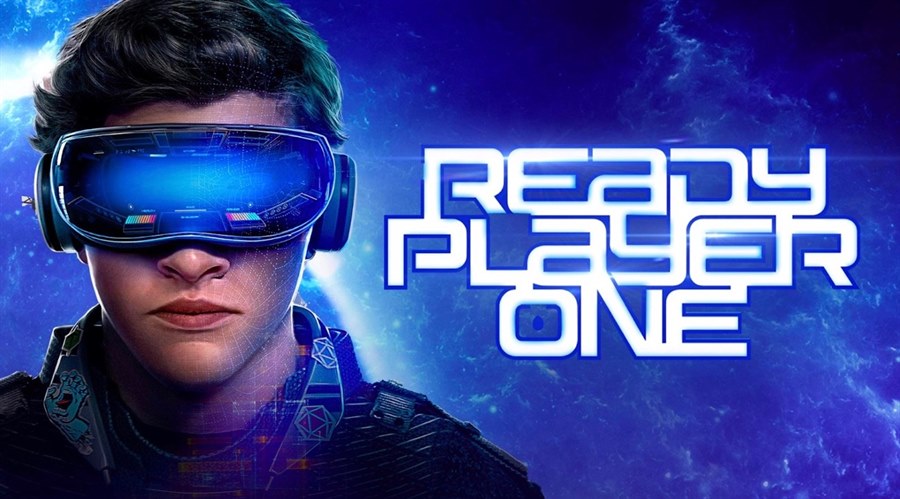
The Movie “Ready Player One” gives us a pretty accurate vision of how Metaverse will look like
Cooperative Gaming and Shared Experiences
Cooperative Gaming and Community remain vital. Shared experiences, from focused co-op stories like It Takes Two to massive MMORPG raids, foster collaboration and strengthen real-world bonds.
Modern gaming platforms actively build thriving ecosystems through integrated chat, streaming, and creator tools. Developers now understand that fostering a dynamic and meaningful community is as crucial as the game’s content itself.
Community-Centric Features and Platforms
Contemporary gaming platforms prioritize player engagement through robust community features. Built-in chat, streaming, and creator tools turn games into dynamic ecosystems.
Platforms like Discord, Twitch, and in-game communities are now key hubs for gamer interaction and collaboration. Developers understand that nurturing a community is just as crucial as crafting gameplay. A vibrant player base thrives not only on content but also on meaningful connections.
Final Words
The next chapter of the game industry is defined by immersion, intelligence, connectivity, and community. VR and AR are transforming how we play, AI is enhancing the experience of what we play, and cloud platforms ensure games are accessible wherever we are.
With Esports scaling new heights and social gaming building global bridges, the message is clear for both creators and players: the future of gaming isn’t waiting, it’s happening right now.


